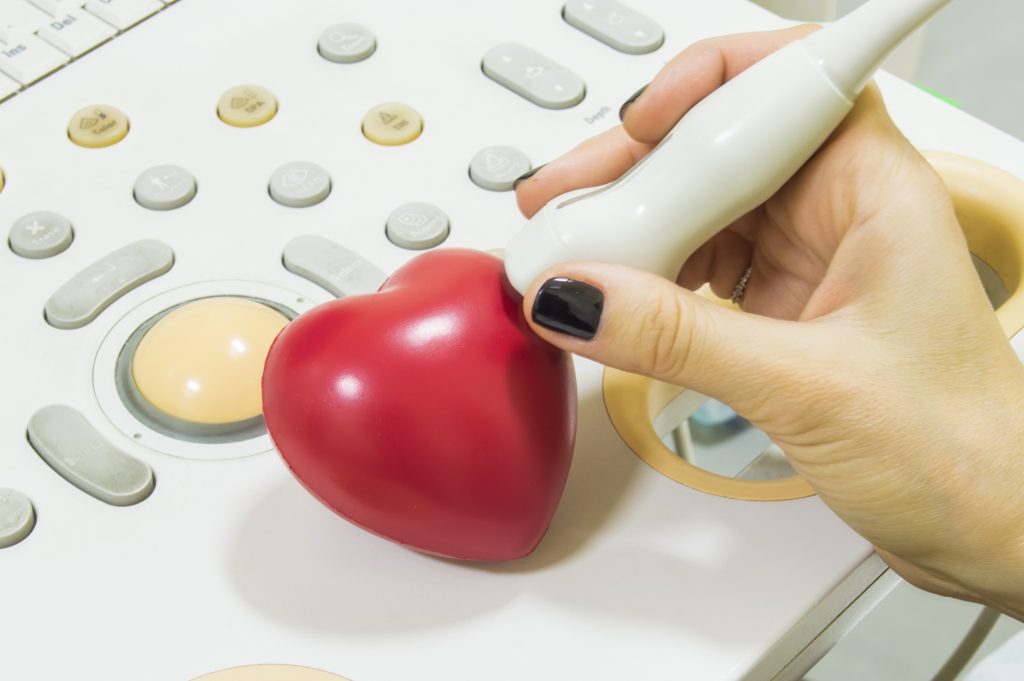Arq. Bras. Cardiol. 2022; 118(4): 766-767
Therapeutic Echocardiography
This Short Editorial is referred by the Research article "Sonothrombolysis Promotes Improvement in Left Ventricular Wall Motion and Perfusion Scores after Acute Myocardial Infarction".
Since its introduction by Edler and Hertz, echocardiography has become the main test of cardiologic propedeutic. Over the last 50 years, its evolution has been remarkable, from A-mode, M-mode, two-dimensional and Doppler images to modern three-dimensional reconstructions and softwares for studying myocardial deformation currently used. For this reason, echocardiography can provide diagnostic data and important prognostic information in virtually all heart diseases.
One of the major advances in echocardiography was the recognition of substances capable of increasing the ultrasound signal for better visualization of cardiac structures, popularly known as “echocardiographic contrasts.” Its beginning dates back to the late 1960s, with the first experience reported on the use of agitated saline solution associated with cardiac ultrasound. This technique (agitation of a saline solution so that it is aerated, allowing an increase in sound reflection) is still used to detect intracardiac communications. Still, it has as drawbacks the poor intravascular stability of the solution and the fact that air bubbles are eliminated from the body during the passage of blood through the lungs, thus preventing its use for visualization of structures of the left heart when the agitated saline solution is administered in a peripheral vein.
[…]
681

